"Basket of Fruit" is an oil-on-canvas painting (31 x 47 centimeters) created around 1597 by Caravaggio. In about 1592, Caravaggio moved from Milan to Rome, where he worked for Giuseppe Cesari, also known as the Cavalièr d'Arpino, a painter who enjoyed considerable renown despite his modest talents. Barely in his twenties, Caravaggio was charged with painting flowers and still lifes to keep him from undertaking paintings with religious themes, at the time considered more prestigious subjects. But the Cardinal Francesco Maria Del Monte discovered the young man’s talent, and invited him to paint more freely. Among the works that the young Caravaggio did under Del Monte’s patronage was a still life known as “Basket of Fruit.” The painting is the only surviving Caravaggio still life. In it, the fruit is the focus. There are no people depicted, not even a table to embellish its effect. The decision not to treat the fruit as simple decorative element ennobled a theme that had been considered secondary, giving it the kind of dignity normally associated with the human form.
The fruit are placed squarely at the center of the frame, rendered forcefully but with an elastic quality. Caravaggio’s artistic gifts shone through in this early work. He used dramatic contrasts in form and tone to exalt the importance and multiplicity of form. Bathed in light, the pear and apple create a chromatic conflict with the darkness of the black grapes and leaves, which were painted in shadow. Caravaggio wasn’t looking for aesthetic representation. He wasn’t worried if the fruit would be more or less pleasing to look at. For him, the subject had to be real. Painting meant accepting reality as it was, without embellishment and including imperfections. Even the least attractive details — a worm-eaten apple, the dry fig leaves, dust on the grape skins deserved to be portrayed. This permitted Caravaggio to articulate a revolutionary new, realistic aesthetic, which met with a harsh response in academic circles, where it was considered both brutal and vulgar. It’s unclear how the work finished in the hands of Milanese Cardinal Federigo Borromeo, but it may have been a gift from fellow Cardinal Del Monte in 1599. Borromeo gave the painting to Milan’s Ambriosiana library in 1618. Today, the painting is on display in “Sala 6” of the Pinacoteca Ambrosiana di Milano.
The fruit are placed squarely at the center of the frame, rendered forcefully but with an elastic quality. Caravaggio’s artistic gifts shone through in this early work. He used dramatic contrasts in form and tone to exalt the importance and multiplicity of form. Bathed in light, the pear and apple create a chromatic conflict with the darkness of the black grapes and leaves, which were painted in shadow. Caravaggio wasn’t looking for aesthetic representation. He wasn’t worried if the fruit would be more or less pleasing to look at. For him, the subject had to be real. Painting meant accepting reality as it was, without embellishment and including imperfections. Even the least attractive details — a worm-eaten apple, the dry fig leaves, dust on the grape skins deserved to be portrayed. This permitted Caravaggio to articulate a revolutionary new, realistic aesthetic, which met with a harsh response in academic circles, where it was considered both brutal and vulgar. It’s unclear how the work finished in the hands of Milanese Cardinal Federigo Borromeo, but it may have been a gift from fellow Cardinal Del Monte in 1599. Borromeo gave the painting to Milan’s Ambriosiana library in 1618. Today, the painting is on display in “Sala 6” of the Pinacoteca Ambrosiana di Milano.
RELATED
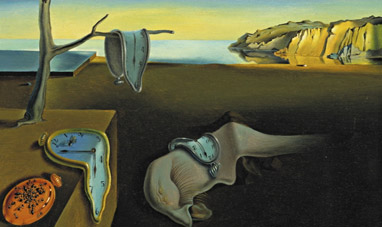

THE PERSISTENCE OF MEMORY


DREAM CAUSED BY THE FLIGHT OF A BEE AROUND A...


DAVID (MICHELANGELO)
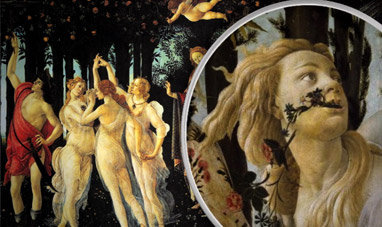

PRIMAVERA
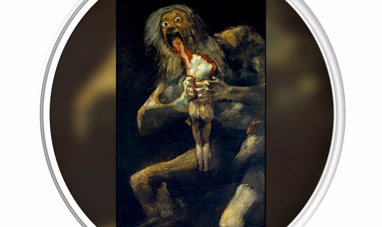

SATURN DEVOURING HIS SON
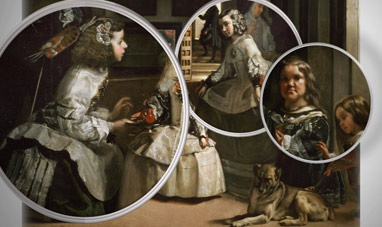

LAS MENINAS
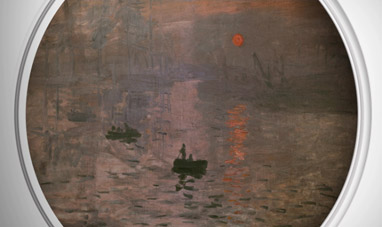

IMPRESSION, SUNRISE


THE THREE GRACES
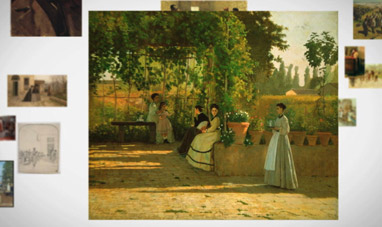

THE MACCHIAIOLI
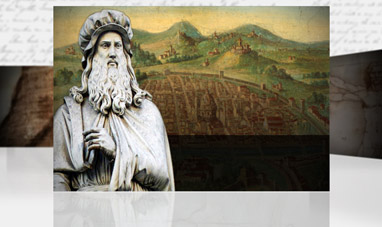

LEONARDO DA VINCI
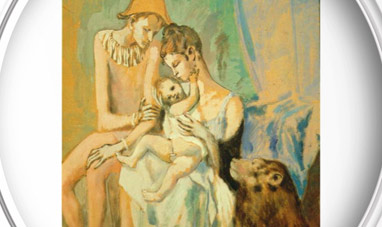

FAMILY OF ACROBATS, WITH MONKEY
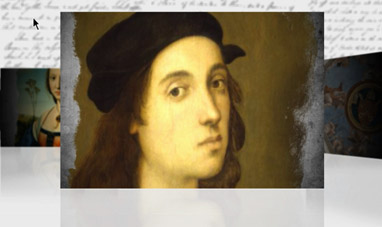

RAPHAEL
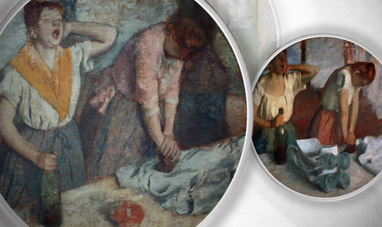

WOMEN IRONING
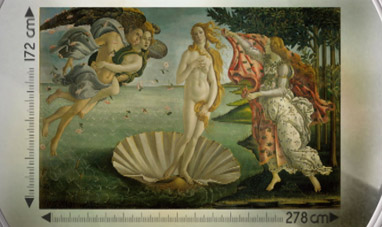

THE BIRTH OF VENUS
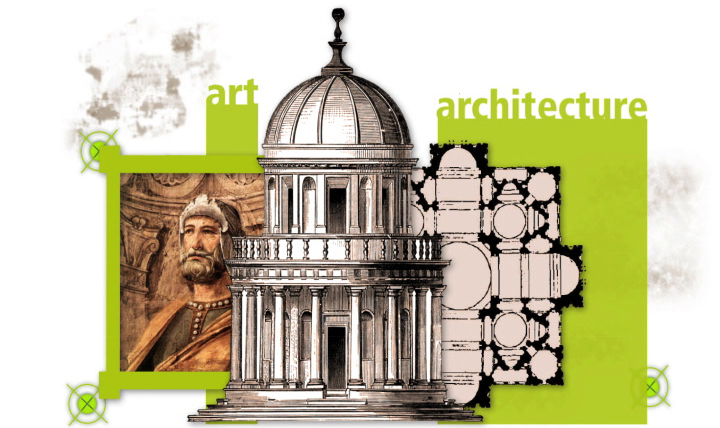

DONATO BRAMANTE
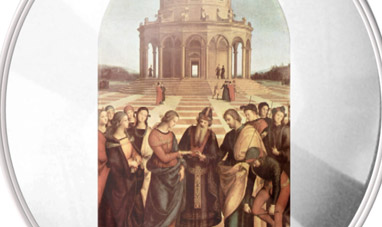

THE MARRIAGE OF THE VIRGIN
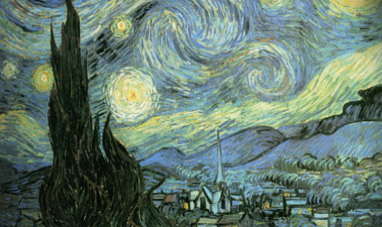

STARRY NIGHT
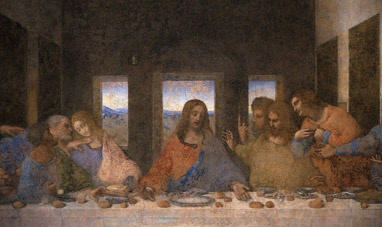

THE LAST SUPPER


BAROQUE
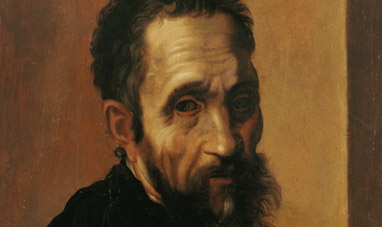

MICHELANGELO BUONARROTI
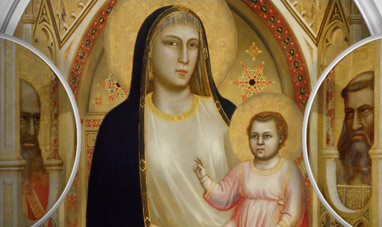

THE MADONNA DI OGNISSANTI
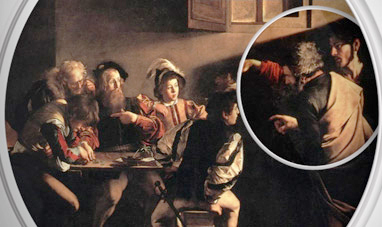

THE CALLING OF ST. MATTHEW
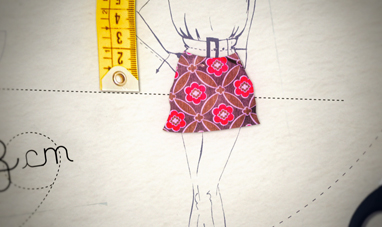

MINISKIRT
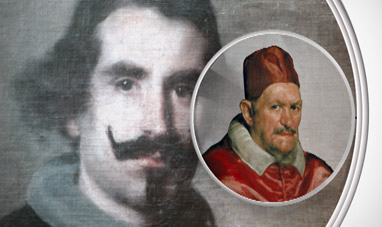

INNOCENT X
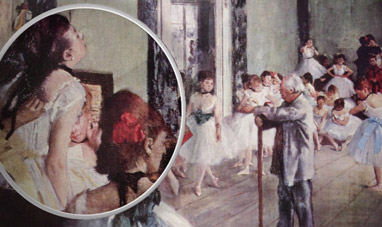

THE DANCE CLASS


THE CRUCIFIX OF SANTA MARIA NOVELLA
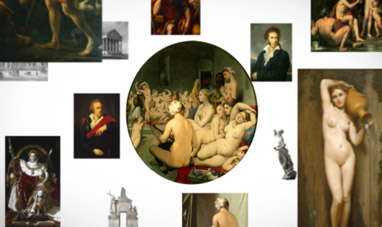

NEOCLASSICISM
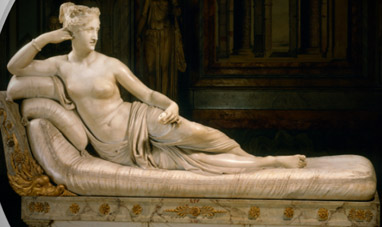

PAULINE BORGHESE


LEONARDO DA VINCI
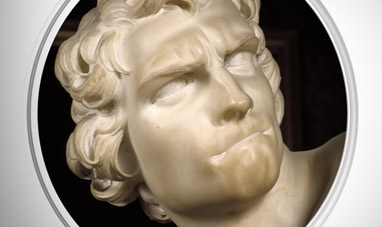

DAVID (BERNINI)
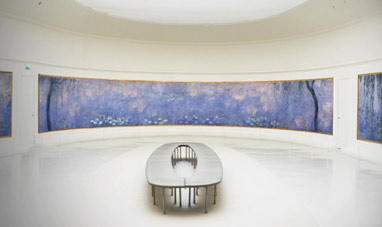

WATER LILIES (SERIES)
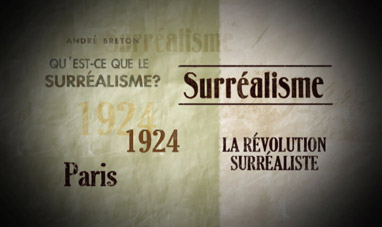

SURREALISM
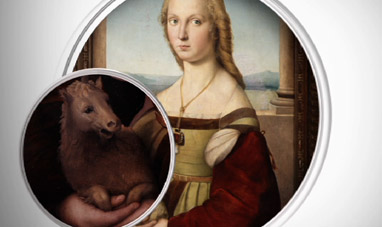

YOUNG WOMAN WITH UNICORN


THE SISTINE CHAPEL
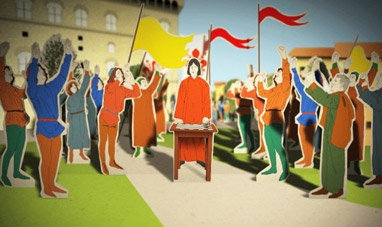

LORENZO DE' MEDICI


ROMANTICISM
